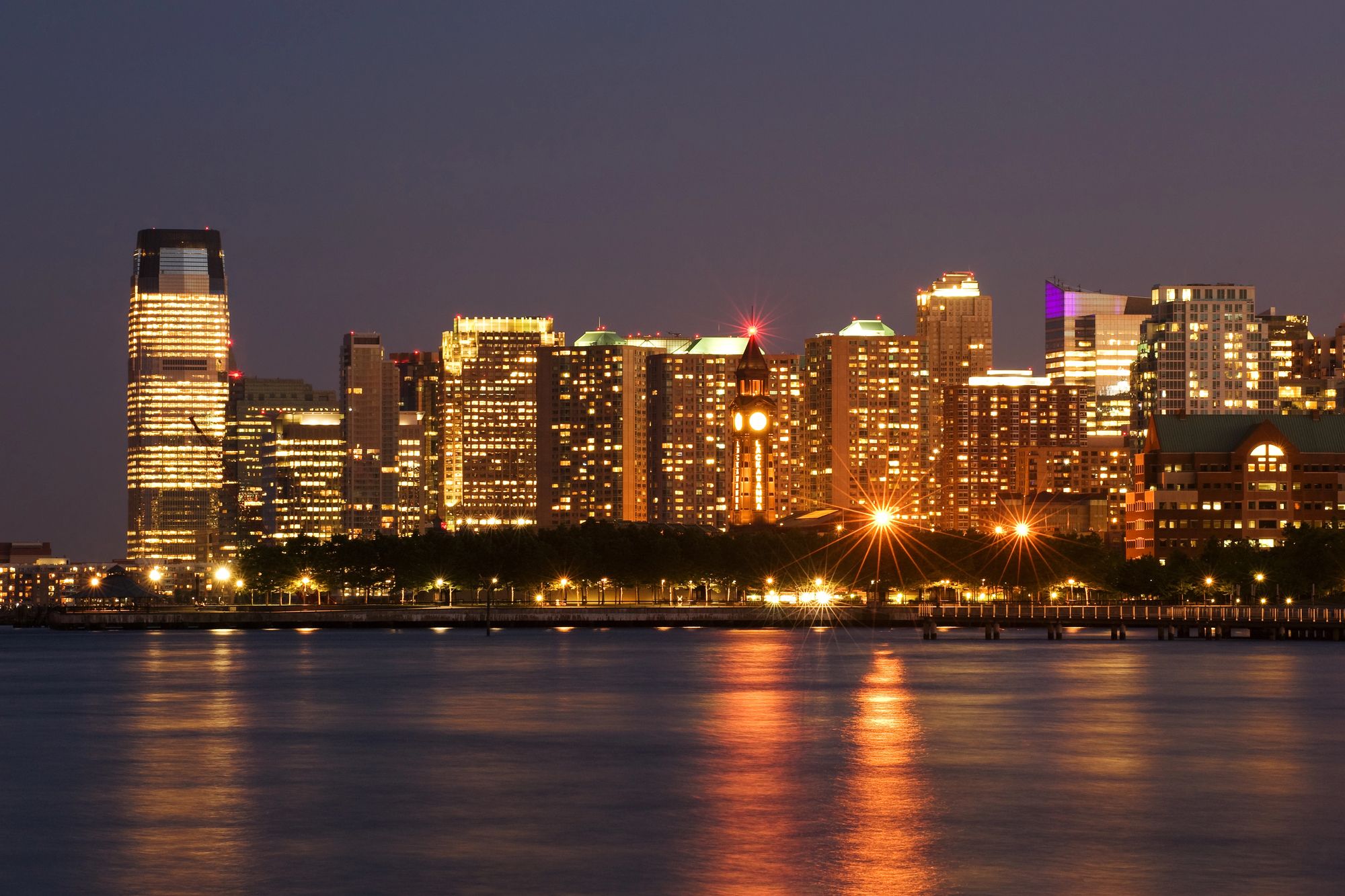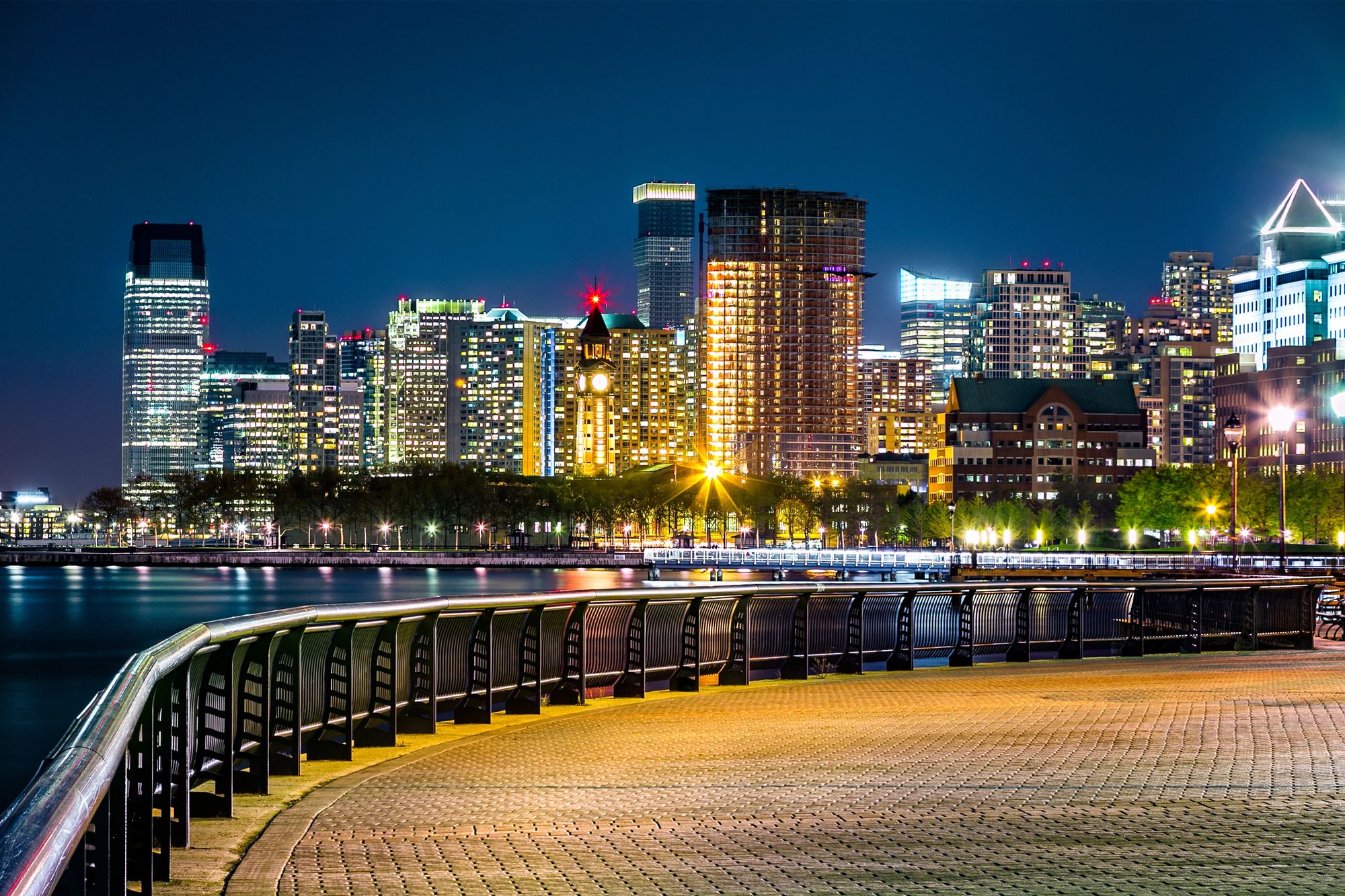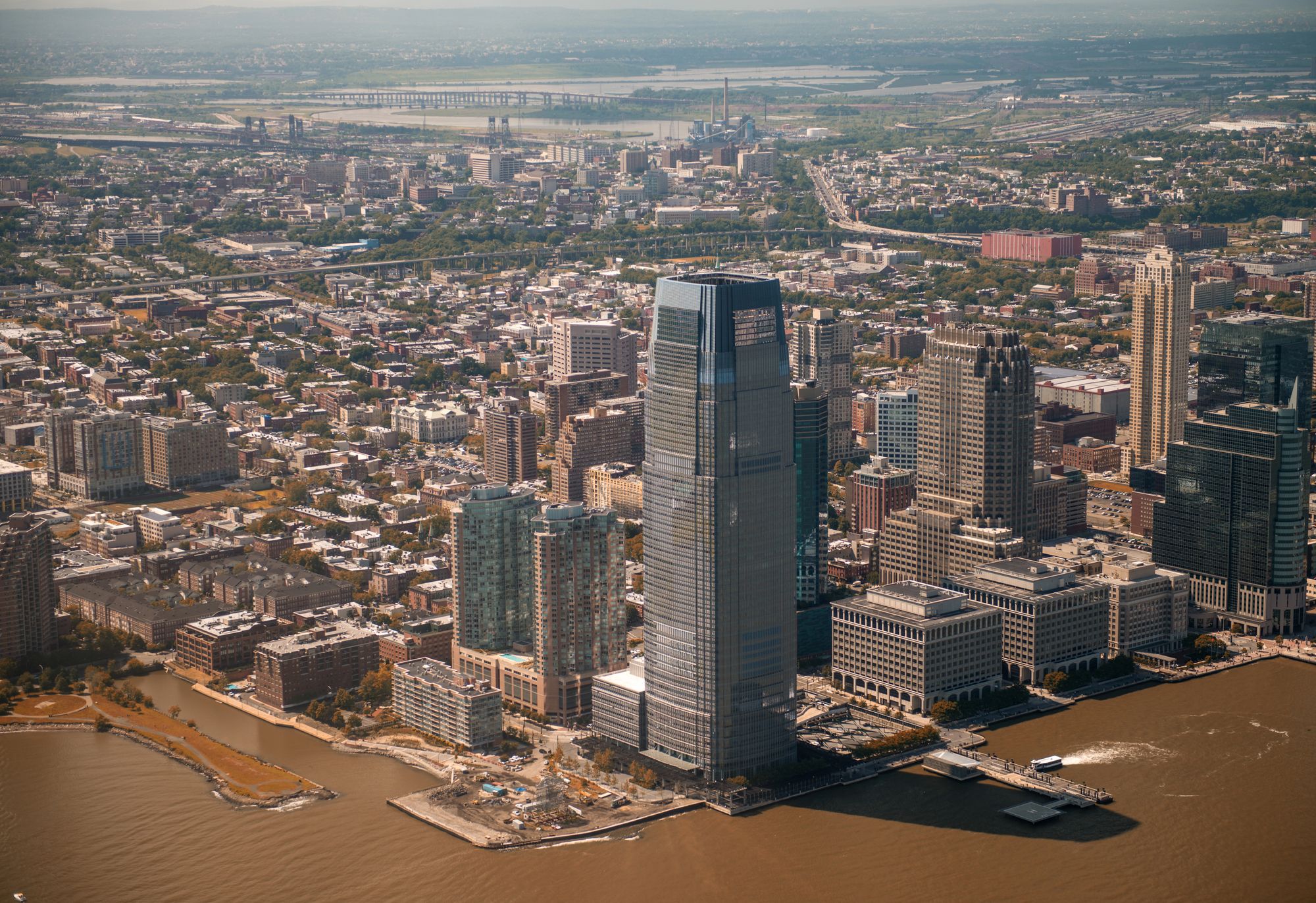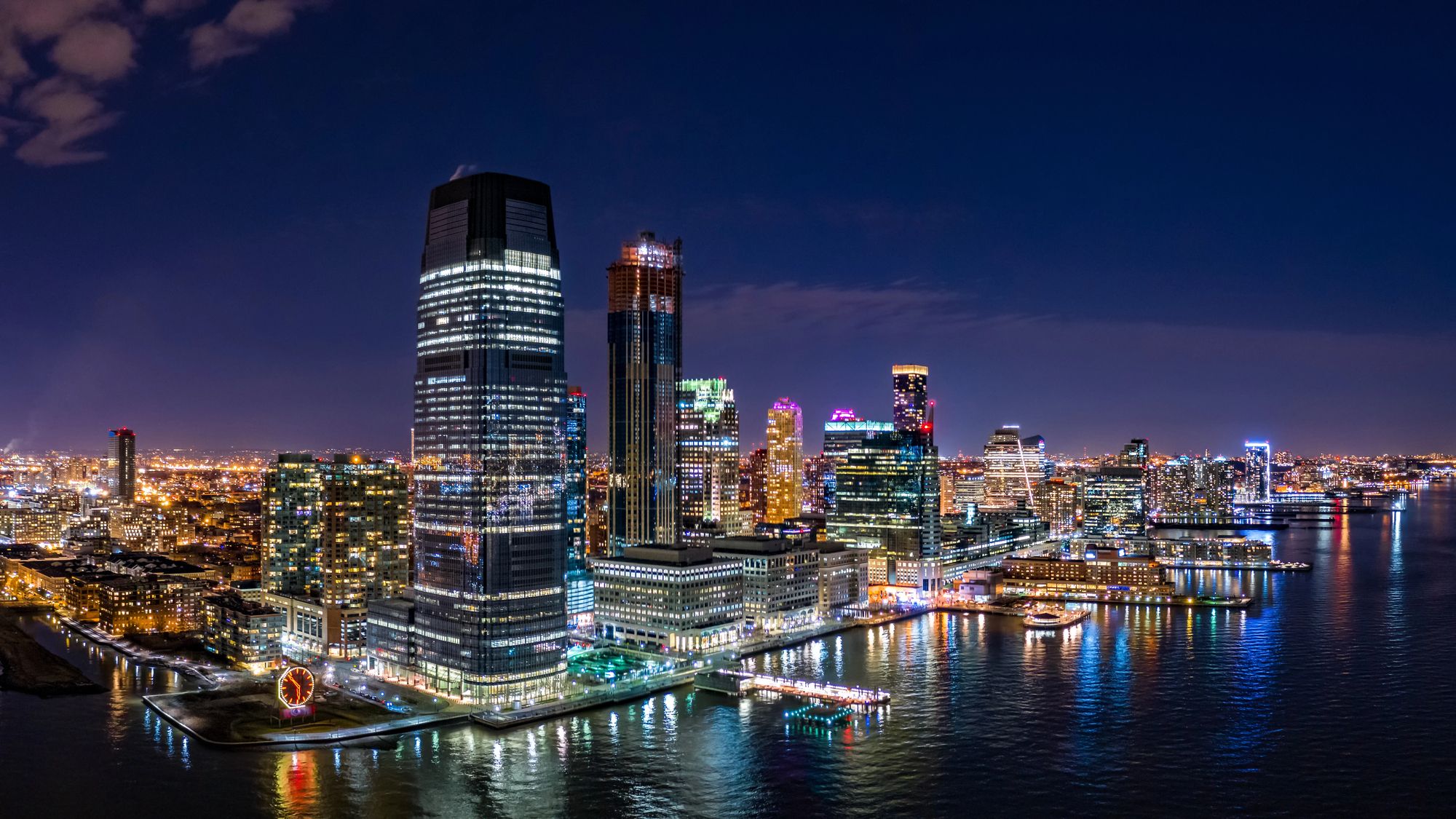Jersey City’s history goes back nearly 400 years. It’s rooted in a wild mix of Dutch settlement, colonial conflict, and urban growth that honestly feels like it could fill a dozen books.
What started as a small trading outpost eventually became New Jersey’s oldest municipality. The city’s past is packed with pivotal moments that shaped not only this area, but honestly, the whole state.
Easy booking across hundreds of accommodations from luxury high-rises to unearthed brownstone treasures.
Browse Accommodations Now
This post dives into Jersey City’s origins and the transformation of its earliest settlements. It’s also about how the old colonial vibe still lingers in some neighborhoods—if you know where to look.
Early Dutch Settlements Along the Hudson
European settlement in New Jersey kicked off in the early 1600s. Dutch explorers and merchants were after the region’s trade opportunities, hoping to cash in.
The first real Dutch foothold along the Hudson was Pavonia, founded in 1630 by Michael Reyniersz Pauw for the Dutch West India Company. Pauw never actually lived on his land, which is kind of funny, but Pavonia laid the groundwork for future communities like Communipaw, Harsimus, and Paulus Hook.
Those places are the oldest roots of what’s now Jersey City. Back then, the area was anything but quiet—Lenape people had been living here for generations and pushed back against the newcomers.
This resistance led to serious conflict. The 1643 Pavonia Massacre stands out as one of the darkest moments, shaking up the colony and forcing Dutch settlers to rethink how they’d protect themselves.
Find available hotels and vacation homes instantly. No fees, best rates guaranteed!
Check Availability Now
The Founding of Bergen Village
To deal with the tension, the Dutch established Bergen Village in 1660 on top of Bergen Hill. It just seemed safer up there, honestly.
By the next year, Bergen got its own local court, making it New Jersey’s first self-governing municipality. That legal independence is a big reason historians say Jersey City can claim the title of the state’s oldest municipality.
When the English took over in 1664, New Jersey came under British control. Dutch residents still held onto many of their customs and institutions, though.
Bergen adapted as politics and boundaries changed, and over time, it grew into Jersey City, which officially incorporated in 1838. By 1870, Jersey City had merged with surrounding towns and started to solidify its place as a major urban center.
Other Early New Jersey Settlements
Bergen’s story is at the heart of Jersey City, but other communities share similar Dutch colonial beginnings:
- Hackensack – Founded in 1639 on the Hackensack River, it turned into a trade and travel hub.
- Passaic – Started in 1678, and later played a big role during industrial expansion.
- Saddle River – Formed in 1716, it’s still known for its agricultural roots.
- Towns like Ridgewood, Little Falls, and Paterson came along in the 18th and 19th centuries, showing how New Jersey shifted from farmland to industry.
From Scattered Villages to Modern Urban Life
The shift from isolated villages to buzzing cities happened as transportation, trade, and immigration changed everything. By the mid-1800s, railroads and shipping lines connected Jersey City to New York and way beyond.
That connection fueled growth. Factories, warehouses, and docks took over the old farmlands, and the diverse city districts we see now started to form.
Jersey City’s Historical Footprint Today
History still leaves its mark on Jersey City. The neighborhoods of Paulus Hook, Communipaw, and Bergen show traces of their colonial past in the buildings and street names.
Walk around these areas and you’ll get a sense of the city’s layered history—from early Dutch days to its rise as a busy, modern hub. There’s just something about seeing those old streets that makes you wonder what stories they could tell.
Planning Your Visit
If you’re interested in experiencing this heritage for yourself, there are plenty of options when choosing where to stay in Jersey City. Modern Jersey City hotels put you close to historic neighborhoods and give you easy access to restaurants, galleries, and parks.
Beyond history, you’ll find all sorts of things to do in Jersey City. Waterfront walks, art exhibitions, and local festivals pop up everywhere.
If you’re thinking about getting to Jersey City, you’ll find the area well-connected. PATH trains, ferries, and bus routes make travel simple from New York City and other parts of New Jersey.
Colonial landmarks sit right alongside contemporary culture here. Jersey City brings together the past and present in a way that’s hard to find anywhere else.
Find the perfect hotel or vacation rental. Instant booking, no fees!
View Top Stays
Here is the source article for this story: What is the oldest city in New Jersey? A look at the Garden State’s rich history




